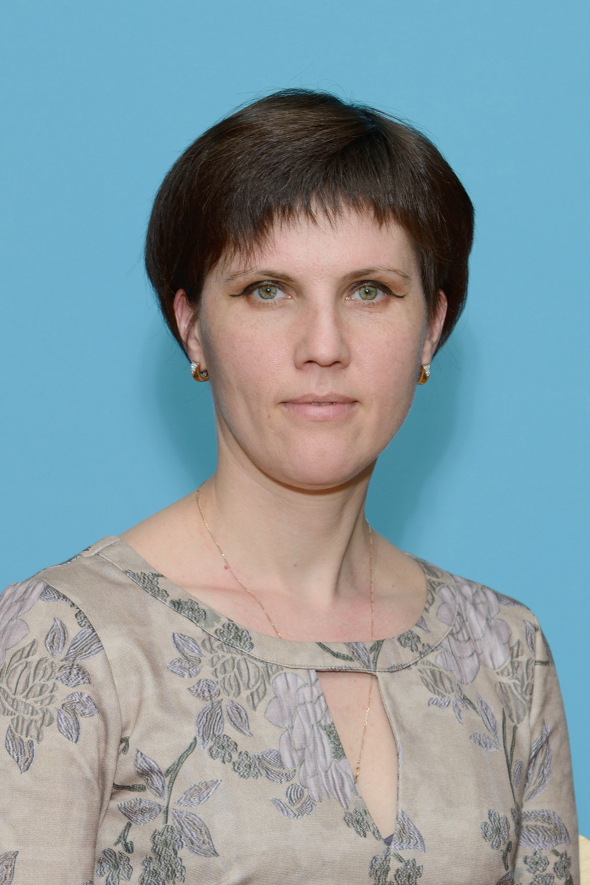
Schools in different countries
Performed by: pupil of 7 «B», "Gymnasium № 80", Barnaul
Gudnikova Anna
teacher: Matveeva I. N.

Introduction What is a school ?
- A school is an educational institution designed to provide learning spaces and learning environments for the teaching of students (or "pupils") under the direction of teachers.

Introduction History of Education
- The concept of grouping students together in a centralized location for learning has existed since ancient Greece, ancient Rome, ancient India and ancient China. The founding of the primary education system began in 425 AD.

- The hypothesis : Schools in different countries have more similarities than differences.
- The object of studying : Government public schools in Russia, China, The United States and The United Kingdom.

To achieve the aim we needed :
- to find out information about the schools;
- to describe and compare educational systems of the schools under research;
- to make a conclusion.

China
School day
Education system
Normally around 7:30- 8 am start, then around 5-6 pm ends. Lunch is about 1 hour and a half, including some time for nap.
School system include Primary School, Middle School and High School. Primary education lasts 6 years and it is intended for children aged 6-12. The students go to middle School for 3 years. After middle school, students can choose to enter either general high school or vocational school. High school lasts 3 years.
Grading system
School dress code
Excellent:
Schools uniforms are casual and look like a tracksuit. Some schools require students to wear a red scarf.
85%-100%
Subjects
The core subjects—Chinese, Mathematics and English. Other subjects are Physics, Chemistry, Biology, Geography, History, Ideology & Political Science, Music, Fine Arts, PE, Technology, Computing etc.
Good:
75%-84%
Average:
64%-74%
Pass:
60%-63%
Failure:
0%-59%

The United Kingdom
School day
Education system
Normally around 8:30- 9 am start, then around 3-4 pm ends. Lunch is about 50 minutes.
Grading system
School system include First School, Middle School and Upper School. Children start Year 1 at the age of 6. You can finish school after Year 11 with GCSE (General Certificate of Secondary Education) or continue till Year 13.
School dress code
A – Pass
Schools uniforms are very formal. Every school design their own uniforms with the school logo. Students also wear their own school sports kit.
B – Pass
Subjects
The core subjects—English, Mathematics and Science—are compulsory for all students aged 5 to 16. Other subjects are:
C – Pass
D – Pass/Fail (depending on course)
Art & Design
Citizenship
E – Pass/Fail (depending on course)
F – Fail
Design & Technology
Geography
History
Information & Communication Technology
Modern Foreign Languages
Music
Physical Education

The United States
School day
Education system
In elementary schools - from 8.30am to 3pm or 3.30pm, with an hour for lunch. In high schools - from 7.30am to 2pm or 2.30pm. This is divided into six one-hour classes or four 90-minute classes and a 30-minute lunch break.
Grading system
Generally there are three stages: elementary school (K–5th/6th grade), middle school (6th/7th–8th grades) and high school (9th–12th grades). Students normally attend 12 grades of study over 12 calendar years of elementary and secondary education before graduating and earning a diploma that makes them eligible for admission to higher education.
School dress code
A – Pass
Most schools in the United States do not require uniforms, but students should wear appropriate clothes, for example, mini-skirts and festive costumes are not allowed.
Subjects
B – Pass
C – Pass
The mandatory subjects which are taught in US schools include:
Science - biology, chemistry and physics.
D – Pass/Fail (depending on course)
E – Pass/Fail (depending on course)
Mathematics - statistics, algebra, geometry and calculus
F – Fail
English - oral languages, humanities, literature and composition.
Social Sciences - history, geography and economics.

Russia
School day
Education system
There are 2 shifts. The morning shift starts from 8am and finishes around 1pm. The afternoon shift is from 1:30 pm to 6:10pm. Lunch break is about 15 minutes.
Grading system
Generally there are three stages: Primary school (1st-4th grade), Middle school (5th-9th grades) and High school (10th–11th grades). Upon completion of the middle school some pupils will stay and go to high school, some of them will go to study at secondary special educational institutions.
School dress code
«5» – Very good
Subjects
«4» – Good
Most schools in Russia have school uniforms. Schools require wear formal clothes with a school logo.
«3» – Satisfactory
Some subjects are mandatory such as Russian literature, Russian language, Russian history, world history, maths and sciences. There are specialized schools that concentrate on specific subjects like foreign languages.
«2» – Fail

Conclusion
After we looked at the educational systems of four countries – China, Russia, UK and USA, we can conclude:
Similarities
- The school day of all the schools lasts several hours and more, the schools have lunch break;
- The schools have Primary, Middle and High school education;
- Every school has a grading system;
- After graduation, students take a test and can enter an university.

Conclusion
Differences
- The schools have different school dress code;
- The grading system in the schools look different;
- The mandatory subjects in China, Russia, UK and USA differ from each other.

Conclusion
School plays a big role in people’s life in the whole world. Schools provide us education and prepare for future work. So, our research shows that schools in different countries have more similarities than differences.





























